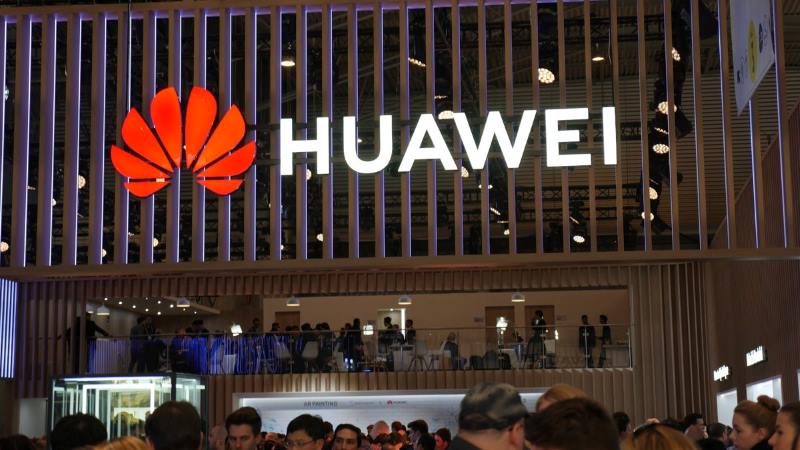Technology
Huawei Achieves Sixth Consecutive Quarter of Revenue Growth
Huawei achieves consistent growth, reporting its sixth consecutive quarter of revenue growth, underscoring its dominance in the Chinese smartphone market. The company’s success comes at the expense of Apple Inc., which has seen its market share decline in China. Huawei’s ability to capture more of the local market reflects a strategic pivot, leveraging its technological advancements and deepening its roots in the domestic market.
Strong Financial Performance
For the June quarter, Huawei reported revenue of 239 billion yuan ($33.6 billion). This marks a 33.7% increase from last year. The impressive growth is evident in the company’s six-month financial data. Huawei has sustained momentum despite facing significant challenges. These challenges include U.S. sanctions impacting its operations.
Decline in Net Profit
Despite the revenue surge, Huawei’s net profit for the June quarter was 35.5 billion yuan, down 18.6% from last year. The dip in profit is primarily attributed to the absence of one-time gains from previous divestments. In 2020, Huawei sold its mobile subsidiary, Honor Device Co., and in 2021, it divested parts of its server business. Installment payments from these transactions had bolstered the company’s profits in the past, making the year-over-year comparison less favorable.
Smartphone Shipments Surge
Huawei’s smartphone shipments saw a remarkable 50% increase last quarter, outpacing both Apple and other local competitors like Vivo and Xiaomi Corp. Apple’s decline to sixth place among handset makers in China is particularly noteworthy, especially as its sales in the country fell 6.5% in the June quarter, missing Wall Street expectations. This decline occurred despite overall shipment growth in China, signaling a shift in consumer preferences.
Upcoming Flagship Launch
Looking ahead, Huawei’s upcoming flagship smartphone, the Mate 70, is expected to generate significant interest. Industry insiders anticipate potential processor upgrades, which could further solidify Huawei’s position in the market. Last year’s Mate 60, equipped with a domestically produced 7-nanometer chip, had already raised concerns among U.S. policymakers. The ongoing sanctions and export controls aimed at limiting China’s chip technology advancements seem to have had little effect on Huawei’s innovation drive.

Wall Street Adapts as Harris Gains Ground in Presidential Race
Wall Street Adapts Harris: The U.S. presidential race has taken a dramatic turn, causing Wall Street to scramble as Democratic candidate…
Automotive Division Gains Traction
Huawei’s foray into the automotive sector has also shown promise. The company’s automotive division, which supplies self-driving technology to electric vehicle manufacturers, reported revenue of 10 billion yuan as of early July. This figure surpasses the combined revenue of the previous two years, demonstrating the division’s rapid growth. However, Huawei has not provided a detailed breakdown of its sales, leaving some questions about the sustainability of this growth.
Huawei achieves consistent growth in both the smartphone and automotive sectors, highlighting its resilience and adaptability amid global challenges. As the company prepares for its next flagship launch, all eyes will be on how it navigates the evolving technological and geopolitical landscape.
Get a 2-year subscription to WSJ and Barron’s News! Enjoy unlimited access on iOS, Android, PC, and Mac. Features include Peggy Noonan’s insights, stock picks, WSJ live TV, audible articles, and Barron’s magazine. Stay informed—subscribe now!

